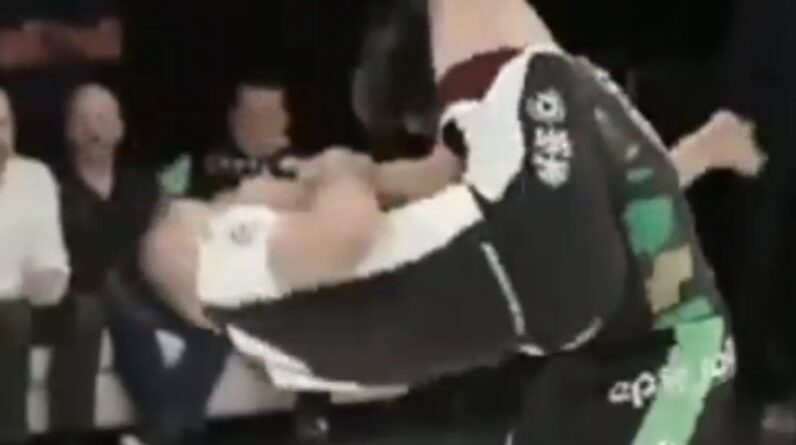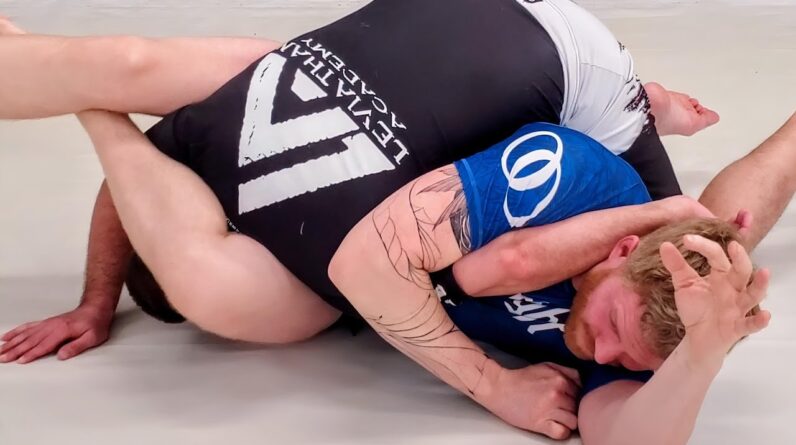A Brief History of Wado ryu Karate – Part I of III
Hironori Ohtsuka founded Wado-Ryu, the 1st Japanese form of Karate in 1938. It was the result of many years of training in various forms of Japanese Jiu Jitsu and Okinawan Karate, as well as Aikido, developed into a single fluid, powerful, yet peaceful martial art. Wado-Ryu Karate is the Way of Peace and Harmony, and is practiced as a way of life by millions of people worldwide.
For such a relatively new and widely practiced martial art, details of its origin are either scarce or hotly debated. There is also plenty of speculation and rumor. I will give as factual an outline of the history as I am able. Also, I apologize beforehand if it seems that any part of this history is vague, which is a result of the lack of facts pertaining to that particular section. For a more comprehensive study of Karate, Wado-Ryu, and Ohtsuka-sensei, please refer to my endnotes.
Ohtsuka began his martial arts training very young. His great uncle Chojiro Ebashi began teaching him Jiu Jitsu (alternately spelled jujutsu and jujitsu), a grappling oriented art beginning at the age of 3 or 4. He was later enrolled around age 5 or 6 in shindo yoshin-ryu jujutsu (“Sacred Willow Style” jujutsu) under Shinzaburo Nakayama-sensei. This form of Jiu Jitsu was founded by Katsunosuke Matsuoka, a student of Yoshin-ryu jujutsu (“Willow Style”), in the early to mid 1800s. Shindo Yoshin-ryu emphasizes grace and natural movement.
This study of natural flowing movement later played a major role in the development of Wado principles, along with Ohtsuka’s training later in life under Morihei Ueshiba O’Sensei, founder of Aikido. The use of the opponent’s momentum are as important in defeating him or her as your own movements. Also, Jiu Jitsu’s orientation towards rugged practicality influenced Ohtsuka’s modifications to the Karate techniques he would later learn.
The Jiu Jitsu community of that time generally retained many of the Samurai traditions and fighting arts from which Jiu Jitsu itself was derived. Shindo yoshin ryu jujutsu, for example, contained Kenjutsu influence and a heavier emphasis on striking than many other Jiu Jitsu forms. The Kenjutsu side was a definite influence on the body shifting and hand controlling techniques Ohtsuka later included in Wado-Ryu.


